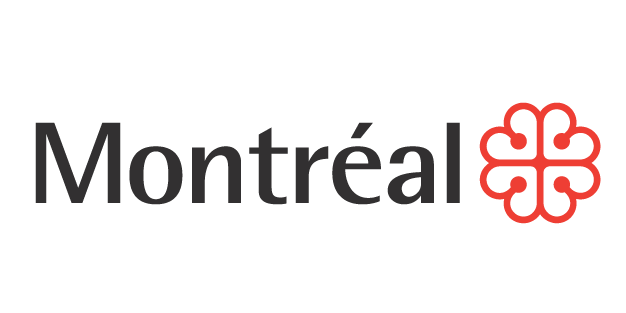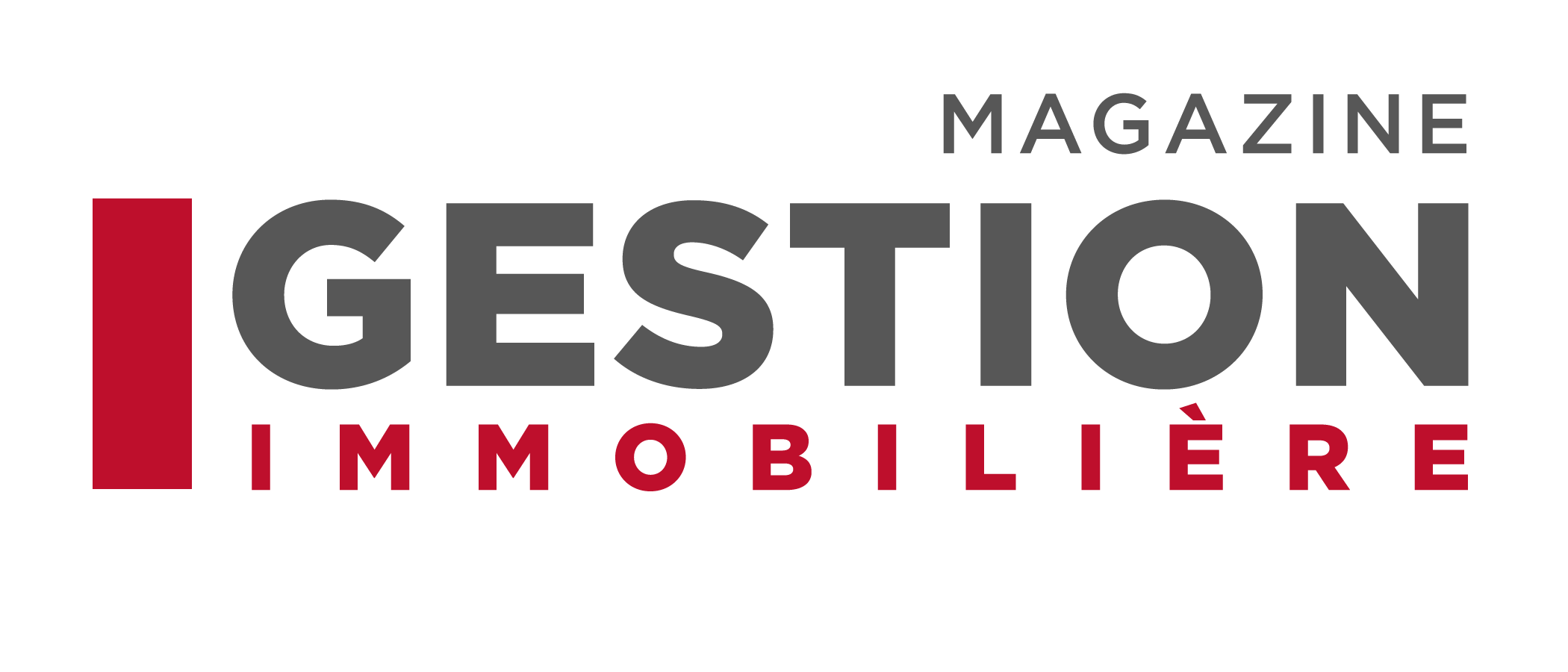(Written by the BEC Technical Committee)
Managers of small and medium-sized multi-residential buildings generally have limited means to invest in upgrading or improving the heating, ventilation and air conditioning (HVAC) equipment in their buildings. Consequently, implementing the ASHRAE recommendations for HVAC systems to mitigate the risks of COVID-19 transmission (as mentioned in our article of October 22) is a considerable challenge for most building managers. There do not seem to be any recommendations aimed specifically at multi-residential buildings, despite the fact that the current pandemic context has led to an increase in occupancy of such buildings. Nevertheless, here are a few thoughts for managers of multi-residential buildings who wish to implement some of the ASHRAE recommendations in their buildings.
Ventilation-Pressurization Systems for Common Corridors
The ASHRAE recommendations for reducing the risk of COVID-19 transmission deal mainly with HVAC equipment. In most multi-residential buildings, HVAC equipment comprises mainly make-up air units that pressurize the corridors.
The ASHRAE recommendations focus on improving filter maintenance and filtration levels, adjusting relative humidity set points and increasing outdoor air flow rates. As for pressurization systems for corridors, those recommendations are difficult to apply. On the one hand, systems usually already operate with 100% outdoor air and cannot easily increase their ventilation capacity. In addition, these systems are rarely equipped with equipment to humidify fresh air. And given that these systems operate with 100% outdoor air, improving filtration would contribute little to improving air quality, or at least to limiting the risks of COVID-19 transmission.
Before even thinking about improving or replacing systems, however, it is important to consider the first ASHRAE recommendation, which emphasizes properly maintaining ventilation equipment and verifying optimal operation. Indeed, it is all too common to find common space ventilation systems shut down due to a lack of maintenance or due to a lack of heating capacity, thus forcing operators to shut them down in the winter to avoid introducing into the building cold outside air that could cause discomfort and damage. In the current pandemic context, it is now more important than ever to maintain HVAC systems and ensure that their operations allow for adequate ventilation of common areas, especially since pressurization of common corridors is required by the National Building Code.
Subsidies and Grants for Energy Efficiency
Increasing the capacity of ventilation systems (retrofitting) in order to ensure adequate ventilation results in increased energy consumption, as outside air must be heated. On the one hand, by increasing the air pressure in the corridors and thus in the apartments, there will be less air infiltration through the windows and the building envelope. In winter, this increases the comfort of residents and reduces heating demand in apartments. On the other hand, this reduction is probably not enough to offset the increase in energy consumption related to the ventilation and pressurization system in the corridors. Moreover, savings on heating in apartment units does not allow the landlord to pay back his investment in energy-saving measures when the heating of the apartment is paid directly by the tenant. Consequently, the increased use of centralized ventilation systems leads to an increase in the landlord’s energy bill, which could justify investing in energy efficiency measures that directly target those systems and thus reduce the landlord’s energy costs.
- Energy Recovery: One of the measures frequently implemented for a 100% outdoor air system is to recover energy from the exhaust air. If the exhaust vents are centralized and located close to the fresh air system, that can be relatively simple and cost-effective. However, if the exhaust evacuators are some distance away and not in a tight group, the measure can prove to be very difficult and uneconomical. Several types of heat recovery systems are available: glycol hydronic loop, enthalpic energy-recovery core, thermal wheel (rotary heat exchanger), ceiling cassette system, etc. Before selecting what’s best for you, analyze the configuration of your existing system.
- Heating Efficiency Improvement and/or Conversion: If possible, the system’s heating energy source should be analyzed. For example, if the ventilation system is heated via a hydronic network, the loop heating equipment could be upgraded or converted to increase heating efficiency or reduce GHG emissions.
- Replacing Equipment: If the existing ventilation system is at the end of its useful life, the most cost-effective choice may be to replace it with a new system with improvements such as increased efficiency, energy recovery, energy source conversion, thermal storage, etc.
No matter which measure(s) you choose, subsidies and grants are available that could be applied to stimulate system upgrades. Here is a recap of some grant programs typically applicable for this type of project.
- Énergir – Implementation of Energy Efficiency Measures Program: For natural gas heating systems, this program provides grants for reducing natural gas consumption.
- Transition Énergétique Québec – Eco-performanceProgram: For fossil fuel heating systems, this program subsidizes the reduction of GHG emissions.
- Hydro-Québec – Efficient Solutions Program – Simplified Option: For electrical heating systems, this program offers financial assistance for installing equipment such as heat recovery systems, geothermal heat pumps, thermal storage, etc.
As regards the ASHRAE recommendations, the most relevant and accessible steps for managers of multi-residential buildings are to ensure proper maintenance and optimal operation of ventilation equipment. Since increased use of ventilation systems leads to higher energy costs, investing in energy efficient systems reduces energy costs while ensuring a quality indoor environment for tenants. In addition, grants are available to provide financial assistance to building owners and managers who are implementing energy efficiency measures.
Besides ventilation systems, there are other relatively low-cost energy efficiency measures that can be implemented in a multi-residential building. They will be discussed in a future article.







